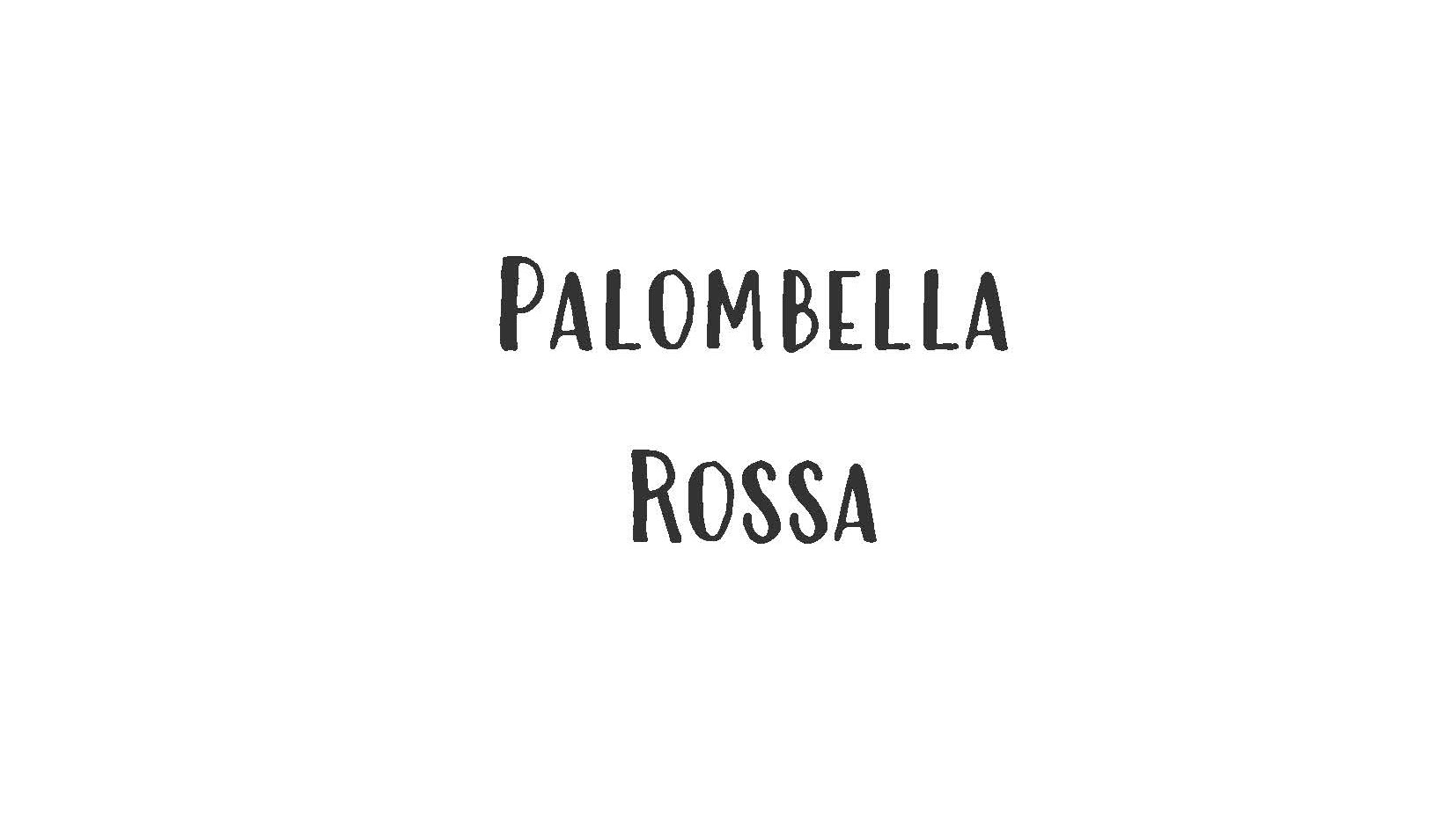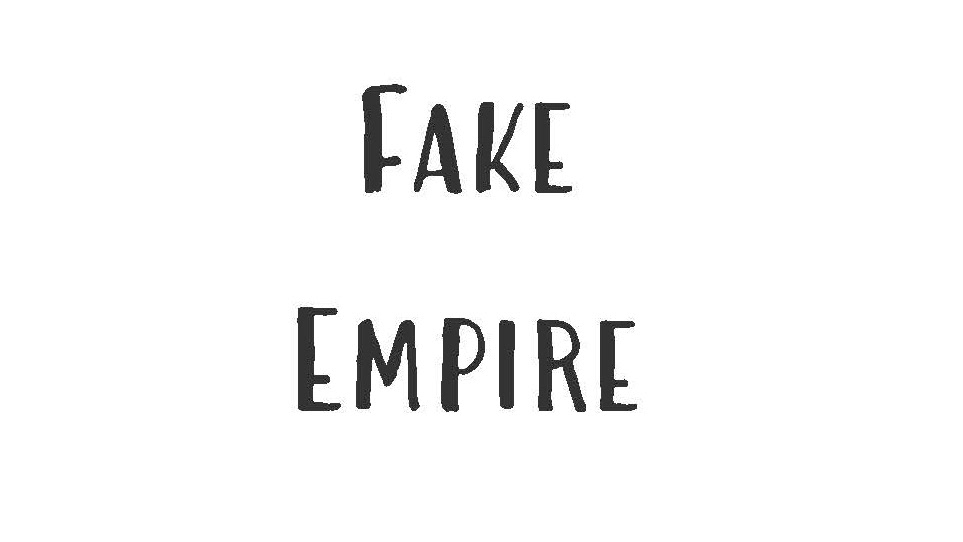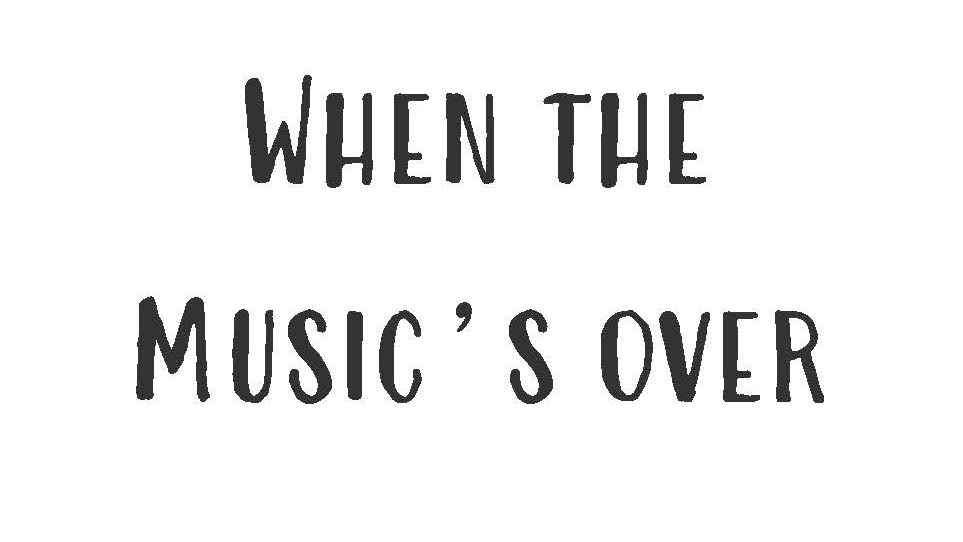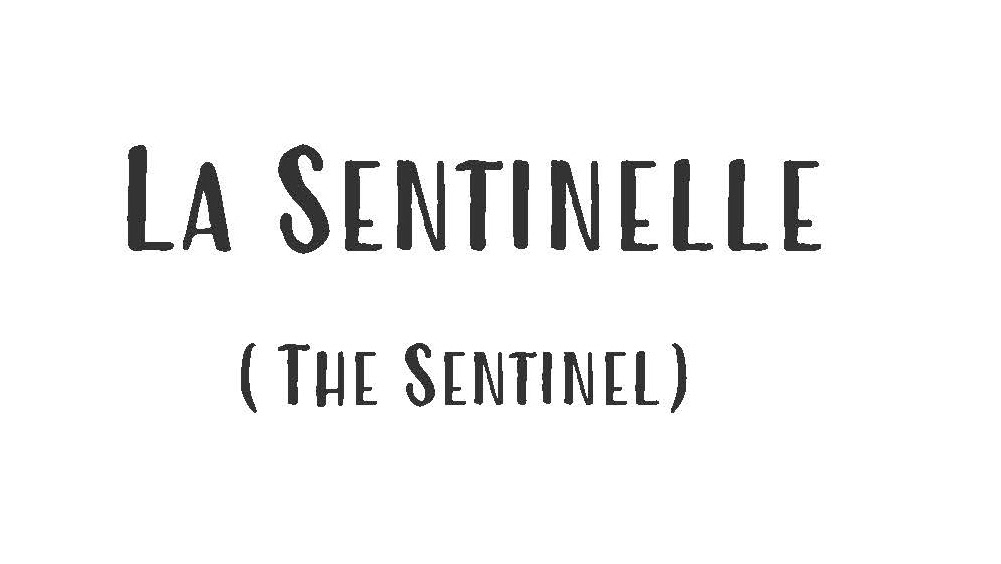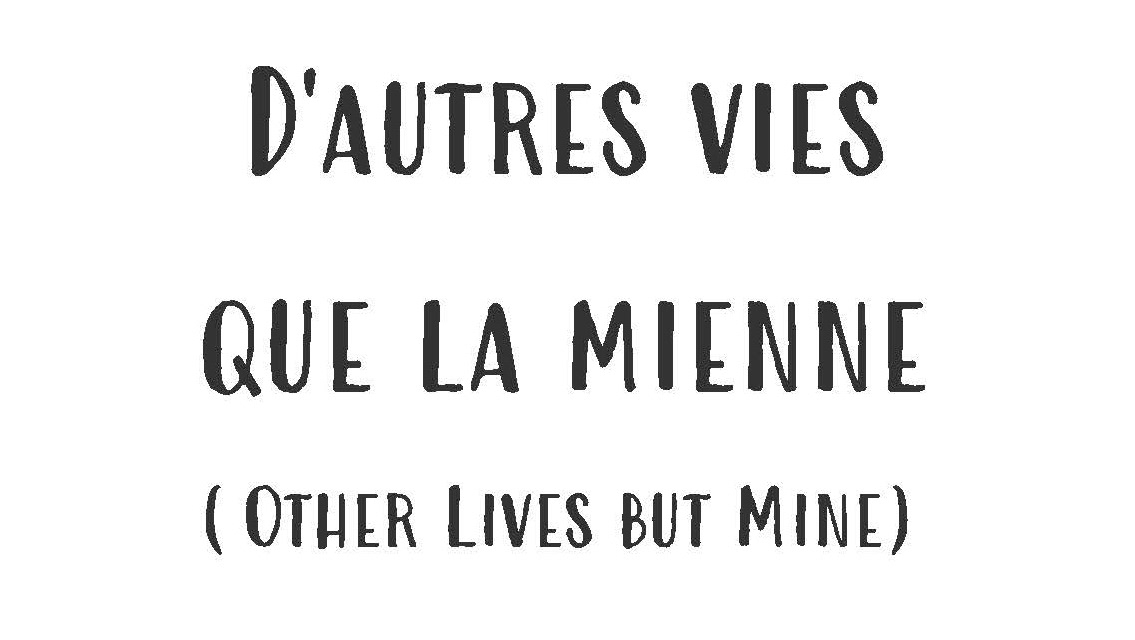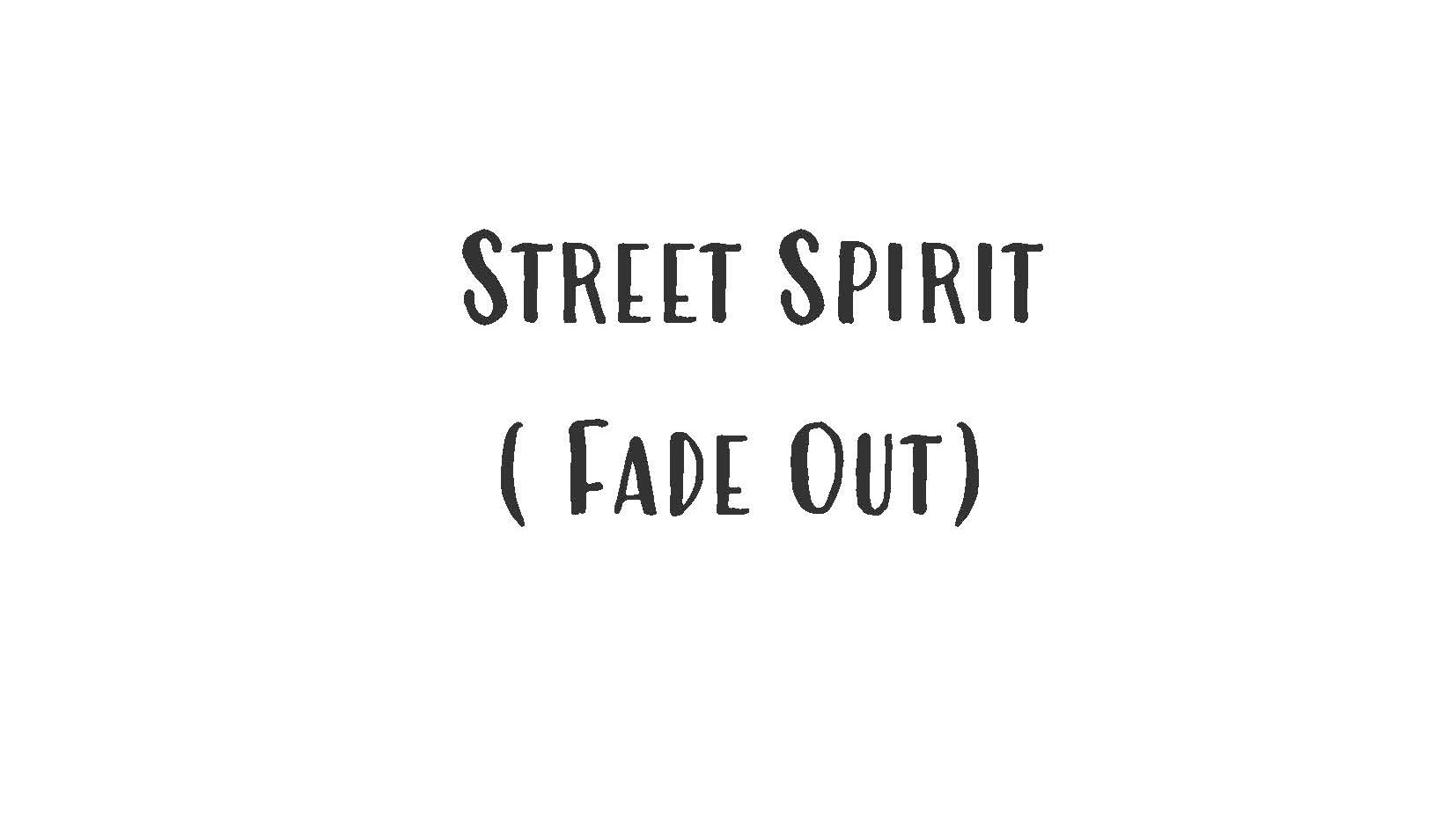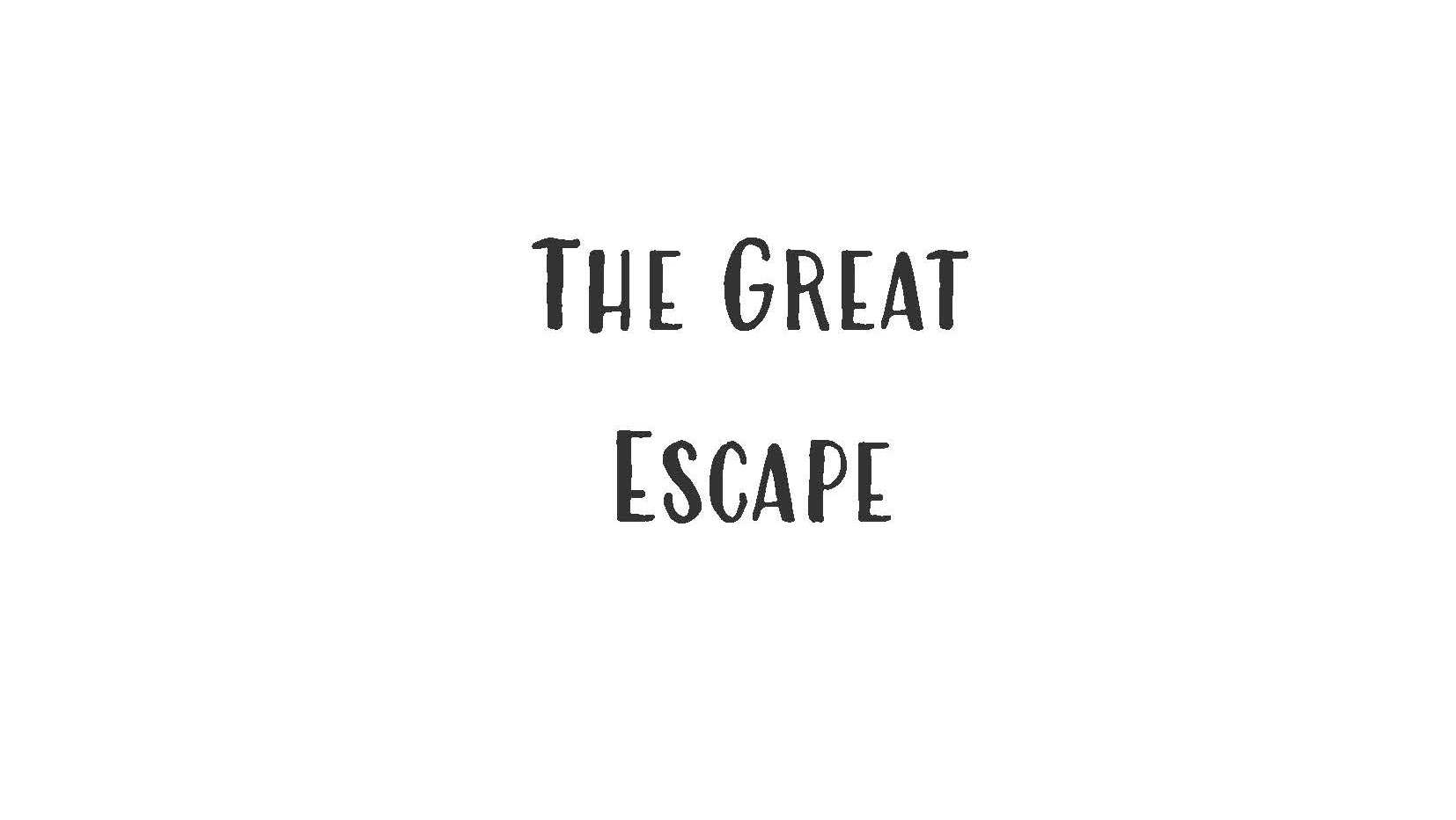My first contact with Peter Greenaway's universe was in 1982, when his second film, The Draughtsman's Contract (strangely translated in France as Meurtre dans un jardin anglais), was released.
The French cinema was still partly under the shadow of the Nouvelle vague, and we had then very few occasions to see British films - mostly those from Ken Loach and Mike Leigh, spokespersons for social issues.
On the opposite side, the sophistication and the formalism of Greenaway’s staging, the cynicism of the characters, guided by sex, money and the taste of manipulation, seemed totally new to me. Radically rejecting all naturalism, Greenaway’s stories were running with a mathematical precision, the frame was composed with the same maniacal sense of details, and the serial music composed by Michael Nyman reinforced the sensation of vertigo... or the rejection of such a cinema, considered as pretentious and artificial. Greenaway was detested as much as admired.
In The Belly of an Architect, which he filmed in Rome, an American architect comes to organize an exhibition but is floored by terrible stomach pains. This time, the musical score is from Wim Mertens, in a style close to Nyman's. In my memory, the movie was sweating a dull anguish.
Two years after, he shocked even more with The Cook, the Thief, his Wife and her Lover and its cannibalistic love triangle.
Fascinated by painting, mostly Dutch and Italian, but by new technologies of images as well, Greenaway has logically moved toward contemporary art during the 2000's. In 2009, he proposed a digital replica and cinematic treatment of Veronese’s Wedding at Cana in the abbey on the island of San Giorgio Maggiore in Venice, during the art's Biennale.
He has been producing several art performances these last years but is supposed to come back soon in movie theaters with a new fiction Walking to Paris, about the Romanian sculptor Brancusi.

